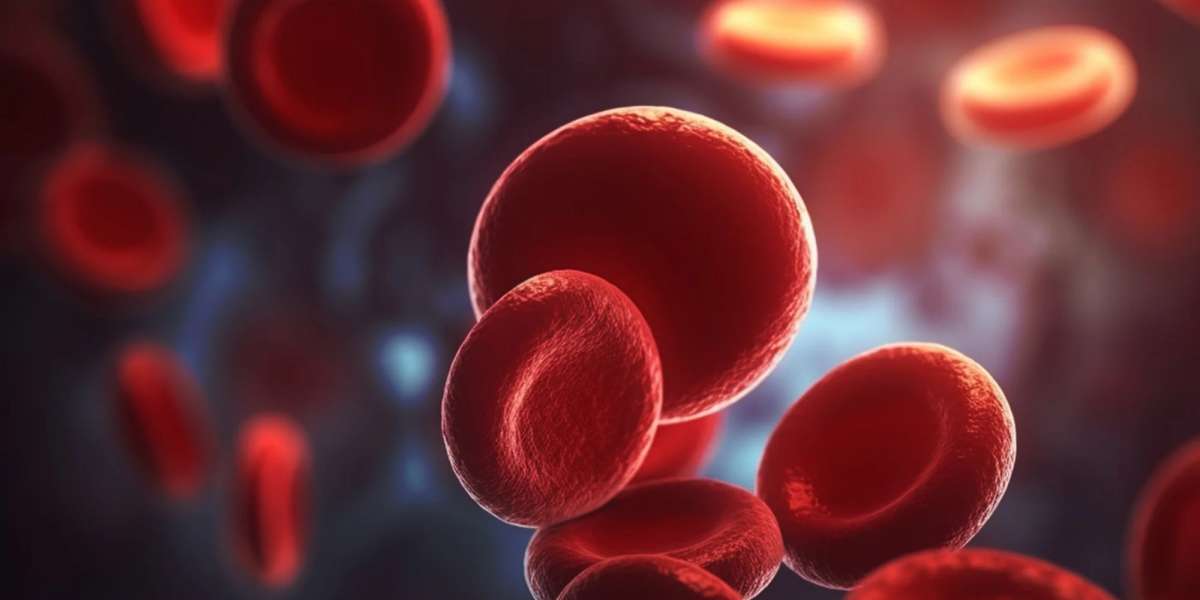Hyperemia is a physiological response to increased blood flow to tissues resulting from various stimuli or conditions. This condition is vital for delivering oxygen and nutrients to tissues and removing metabolic waste products. Understanding hyperemia is crucial for comprehending its role in health and disease. Here are the essential facts you need to know about hyperemia:
Types of Hyperemia: Hyperemia can be classified into two main types:
Active hyperemia, also known as functional hyperemia, occurs in response to increased metabolic activity in tissues, such as during exercise.
Passive hyperemia, also called congestive hyperemia, results from impaired venous outflow from tissues, leading to blood accumulation.
Causes and Mechanisms:
Metabolic factors like increased tissue oxygen demand, carbon dioxide buildup, or local chemical mediators like adenosine are what primarily cause active hyperemia.
Passive hyperemia typically arises due to mechanical factors obstructing venous drainage, such as compression or impaired venous return.
Clinical Significance:
Hyperemia is a common feature in various physiological responses and pathological conditions. Understanding its role is essential for diagnosing and managing several diseases.
In clinical settings, hyperemia may manifest as redness, warmth, and swelling in affected tissues, aiding in the diagnosis of underlying conditions.
Role in Inflammation:
Inflammation often accompanies hyperemia as part of the body's immune response to injury or infection.
Increased blood flow facilitates the delivery of immune cells and mediators to the affected site, promoting tissue repair and defense against pathogens.
Diagnostic Techniques:
Hyperemia can be visualized and assessed using various diagnostic techniques, such as thermography, laser Doppler flowmetry, and ultrasound.
These methods help clinicians evaluate tissue perfusion and identify abnormalities associated with hyperemia.
Treatment Approaches:
Treatment of hyperemia depends on its underlying cause. Active hyperemia may be managed by addressing the primary metabolic demands or conditions triggering increased blood flow.
Passive hyperemia often requires interventions to improve venous return, such as elevation of affected limbs or compression therapy.
Associated Conditions:
Hyperemia is associated with several medical conditions, including:
Peripheral vascular diseases
Inflammatory disorders (e.g., arthritis)
Skin conditions (e.g., dermatitis)
Cardiovascular diseases (e.g., heart failure)
Traumatic injuries
Prevention and Management:
Preventing hyperemia-related complications involves managing underlying conditions and adopting lifestyle modifications to promote vascular health.
Regular exercise, maintaining a healthy weight, and avoiding prolonged periods of immobility can help prevent venous stasis and passive hyperemia.
Research and Future Directions:
Ongoing research aims to elucidate the complex mechanisms underlying hyperemia and develop targeted therapies for associated conditions.
Advances in imaging techniques and molecular biology continue to enhance our understanding of hyperemia and its clinical implications.
Conclusion:
Hyperemia is a fundamental physiological process that is essential for tissue perfusion and oxygenation. Understanding its causes, mechanisms, and clinical significance is crucial for healthcare professionals when diagnosing and managing various medical conditions. Further research into hyperemia promises to uncover novel insights and therapeutic strategies, potentially improving patient outcomes in the future.
In summary,
Hyperemia is a multifaceted phenomenon with profound implications for health and disease. By grasping its essential facts, we can better appreciate its role in maintaining tissue homeostasis and develop more effective approaches for managing associated conditions.




